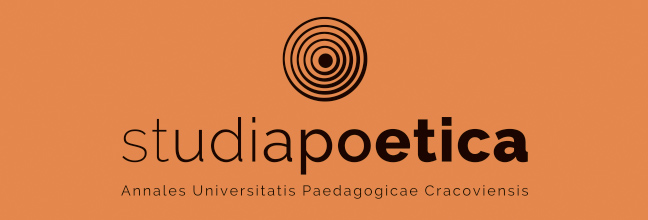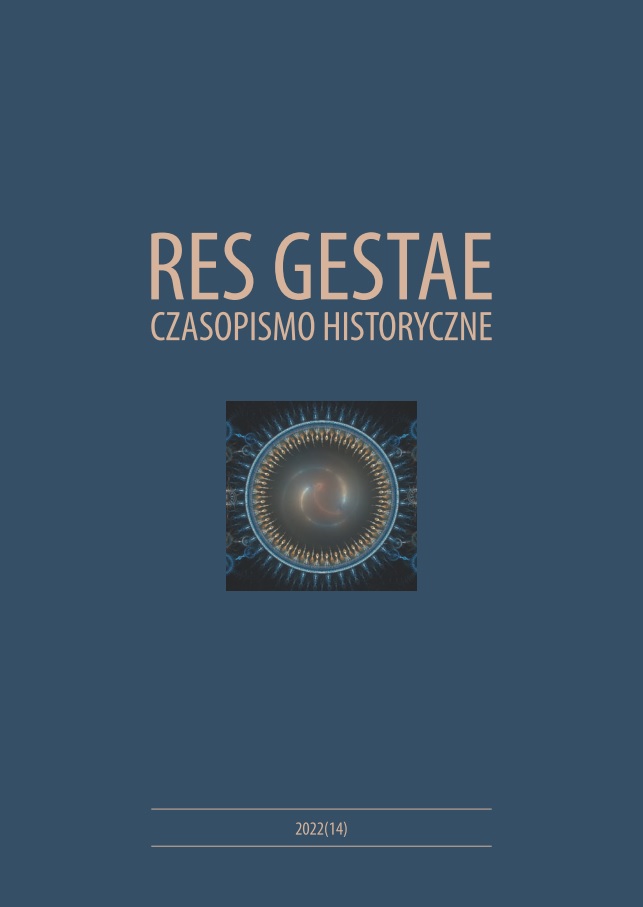The socialist city of Nowa Huta 1949–1956
Main Article Content
Abstract
Socialist realism was the fundamental socio-cultural doctrine of life in the Soviet Union from the second half of the 1930s to the mid-1950s. It was also the only possible direction of socio-cultural development imposed by the USSR on the countries of the Eastern Bloc after World War II; this determination of sociocultural development directly aff ected architecture. Th e model of urban planning and transformation of the structure of cities - developed in the USSR in the second half of the 1930s and aimed at forming an “ideal socialist city,” - was therefore transferred to the countries of the Eastern Bloc, which included Poland, and remained practically unchanged. Th is thesis can be confi rmed by an analysis of the process of creating the “socialist cities” of Nowa Huta and Polotsk in the post-war period. Th e makers of both cities, united by a single urban planning ideology, moved along a common path of building an ideal socialist city.
Article Details
|

